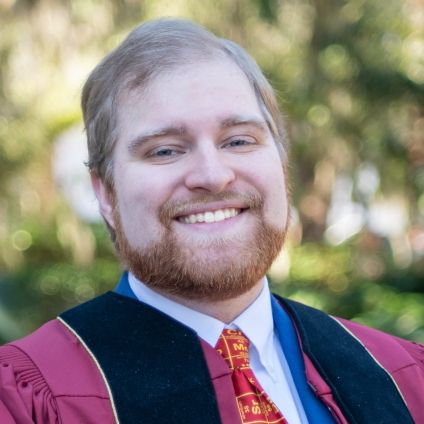
Home / Events / From raw materials to fission studies
From raw materials to fission studies
Presented By: Alexander Chemey / chemeya@oregonstate.edu / https://linkedin.com/in/alchemey
Alexander “Sasha” Chemey is currently employed as a Postdoctoral Scholar in the Loveland Group at Oregon State University in the Department of Chemistry. His work there has been split between fundamental fission studies, actinide target-making, and new electronics development. He received his PhD in Chemistry in the Thomas Albrecht-Schönzart (previously Albrecht-Schmitt) group at Florida State University, where his dissertation was titled “Actinide Fluorides.” While at Florida State, he was a leader in the Department of Energy’s “Early Career Network,” organizing a symposium on the Federal R&D Budget Process for the 2017 National Meeting. He also received an award from the Department of Energy Office of Nuclear Technology in 2019 with the “Innovations in Nuclear Technology” program. His undergraduate research at Michigan State University was at the NSCL, working with Sean Liddick on algorithms for covert nuclear weapons tests by measurement of xenon isotopes.
